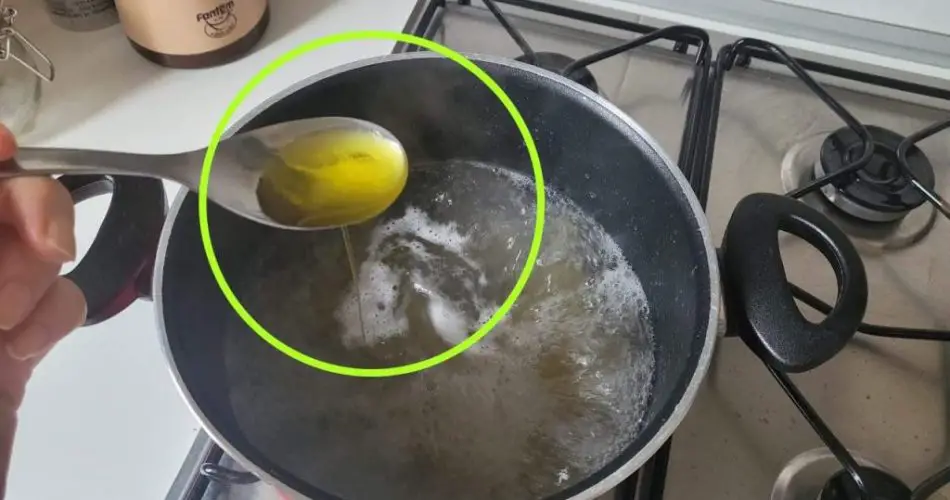
One of my grandmother’s tricks is to “add a tablespoon of olive oil to the water.” It works , but it’s not what everyone thinks.
Many people boil the water and add the pasta first, with a splash of olive oil. But how many have ever wondered what it is for and if it is really useful?
Cook pasta
Many people say that when cooking pasta it is important to use a sufficient amount of water, approximately 1 liter of water for every 100 grams of pasta.
The more water you use, the better, because it is easier to keep the temperature constant while cooking . Most pasta is cooked the same way, but my grandmother’s advice was to add a little oil to prevent it from sticking, although it doesn’t really work that way.
That’s why many people think that this system prevents the pasta from sticking, but you just have to ask any chef to hear this belief debunked.

First, nothing changes; secondly, it is not necessary and, thirdly, it is neither good nor bad, it is useless.
In short, doing it or not doing it, nothing changes. Whether the pasta sticks or not depends only on the cooking time , the best advice is to simply boil the pasta in salted water at the right temperature and with Enough power to make it perfect.
The purpose of this practice is functional to something else. So let’s see what it is about.
Why a tablespoon of olive oil in pasta water
In fact, the oil in question remains between the starch particles that remain on the surface, dividing them. The result of this very simple phenomenon is that the foam that causes the water to overflow is not formed .

Water leaking from the pan is a very common mechanism, since the starch in the pasta is capable of creating a plug in the surface and does not let steam escape.
The water collects and then the lid is lifted until the water comes out.
This process of splitting the starch particles by the oil creates an opening for the steam , which can therefore circulate easily, without so that water can escape.

So it’s a pretty simple trick that also helps prevent your gas stove from going out , but it’s not the only one!
In fact, it is important to note that this procedure is not the only one to avoid a possible water leak.
As a second procedure, it is customary to place a wooden spoon directly on the pan.
When the starch rises, it concentrates around the spoon and therefore one area will not foam much. This method ensures that only steam escapes, without damage.